Agricultural insurance has become a practical solution to protect farmers and crops from natural disaster risks. Not only does it provide timely financial support when natural disasters occur, insurance also helps farmers recover quickly and avoid falling into debt.
According to a representative of the insurance technology company Igloo, agriculture has long been the "backbone" of the Asian economy , not only contributing greatly to GDP but also providing a source of livelihood for millions of rural people. In Vietnam, this role is even more evident when the agricultural sector is ensuring livelihoods for over 60% of the population living in rural areas; accounting for 30% of the country's workforce and accounting for nearly 12% of GDP. From a country that used to depend on food imports, Vietnam has risen strongly, becoming one of the world's leading agricultural, forestry and fishery export powers, with an export turnover of more than 62.5 billion USD in 2024, an increase of over 18% compared to 2023.
But with the rise of natural disasters, climate change and extreme weather events, the agricultural sector faces growing challenges. These risks underscore the urgent need to protect agricultural production from unpredictable losses.
Vietnam Agriculture: Increasingly Vulnerable to Climate Change
In recent years, Vietnam has faced extreme weather events such as unseasonal rains and prolonged droughts, which pose a significant threat to the agricultural sector. As one of the countries most severely affected by climate change, Vietnam is forecast to see severe flooding in its large delta areas by the end of this century, threatening 12% of the population and reducing GDP by 10%.
In the recent Typhoon Yagi, the agricultural sector alone suffered losses of up to VND30,800 billion, accounting for 38% of the total damage. As one of the key economic sectors, agriculture is still easily a "weak spot" in the face of natural fluctuations. According to the World Bank, without effective preventive measures and reasonable insurance strategies, Vietnam could face losses of up to USD67 billion in the next 50 years.
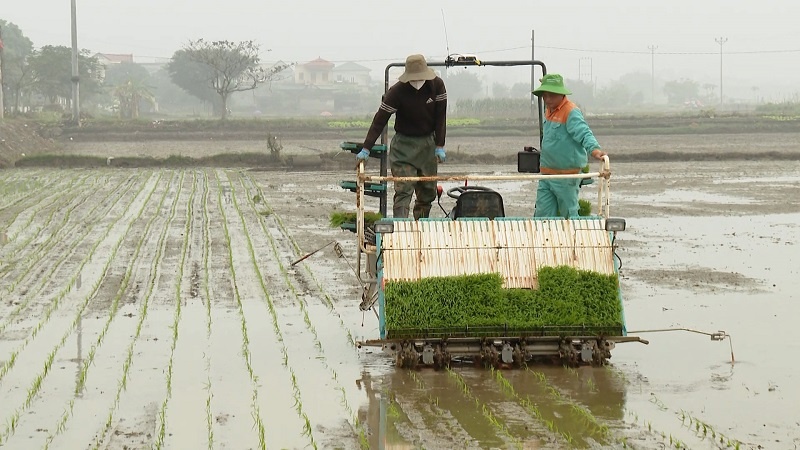 |
In this context, agricultural insurance becomes a practical solution to protect farmers and crops from natural disaster risks. Not only does it provide timely financial support when natural disasters occur, but it also helps farmers recover quickly and avoid falling into debt. This is an important safety net that not only maintains the stability of the agricultural sector but also contributes to food security. Furthermore, by enhancing farmers’ resilience, agricultural insurance helps support economic stability, promote sustainable development and minimize the economic impacts of extreme weather.
Barriers to accessing agricultural insurance
Despite its importance, agricultural insurance is still not widely applied in Vietnam, mainly due to the lack of awareness and understanding of this type of insurance. Many farmers are quite unfamiliar with the concept of insurance, do not fully understand the potential benefits of insurance and the appropriate options. This challenge is aggravated by the fact that some insurance products are quite complex and difficult to understand without the necessary guidance or education.
In addition, traditional insurance products are often considered too expensive for small-scale farmers, who make up the majority of Vietnam’s agricultural workforce. With limited financial resources and unstable incomes, many farmers have difficulty budgeting for insurance, leaving them vulnerable to unforeseen risks.
Furthermore, traditional beliefs or skepticism about insurance are also a difficult barrier to overcome, as they lead farmers to view insurance as unnecessary or unreliable. Logistical barriers also pose significant challenges, especially in remote areas. Limited direct access to insurance providers, combined with uneven internet penetration, also limits farmers’ ability to learn about and purchase insurance products.
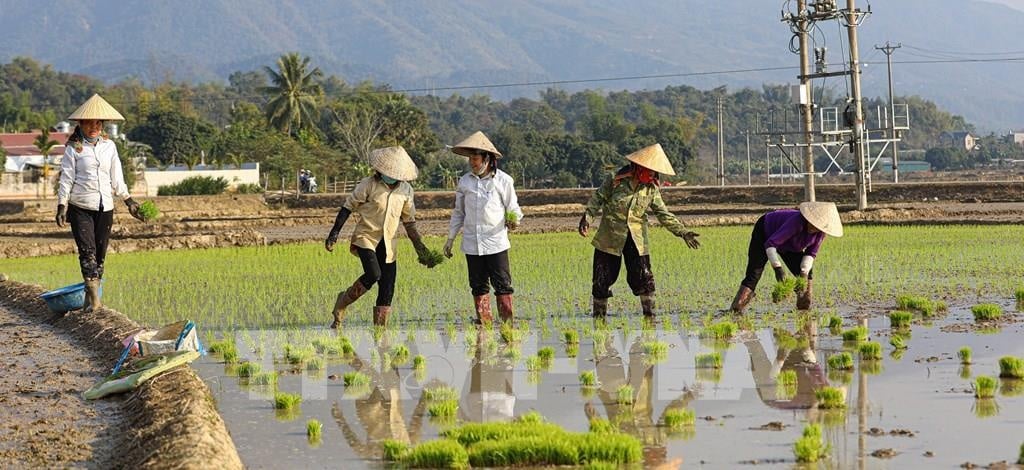 |
Ultimately, accurate premiums depend largely on reliable historical data on crop yields and losses, which is lacking in Vietnam. The lack of reliable data makes it difficult for insurers to accurately assess risk, resulting in premiums that are sometimes out of line with the realities of smallholder farming.
Innovative solutions drive change
Insurtech is ushering in a new era for agricultural insurance, offering innovative solutions to overcome traditional barriers. Thanks to technologies such as AI, big data and mobile platforms, Insurtech is connecting insurance to remote areas, making it easier for farmers to access effective and appropriate insurance services.
User-friendly mobile apps and platforms have simplified the process from selecting an insurance plan, purchasing insurance, to making a claim. This has made essential insurance services accessible to even farmers with limited education or technological skills. Many Insurtech solutions, such as weather index insurance, are tailored to meet the specific needs of farmers.
In particular, cost barriers have been addressed through data-driven product design, including affordable microinsurance options that provide critical financial protection to vulnerable communities.
Mobile technology has expanded the reach of Insurtech. Smartphones and mobile internet allow for instant policy issuance, real-time claims, and personalized support, making insurance more accessible.
Insurtech also uses real-time data to accurately assess and manage risks. This proactive approach ensures that farmers and rural businesses receive timely support to effectively mitigate risks.
In 2022, Igloo launched Weather Index Insurance in Vietnam, which uses blockchain technology to automate claims through smart contracts, protecting farmers and all crops from uneven rainfall distribution. With rainfall data collected from the Vietnam Meteorological and Hydrological Administration (VNMHA), this parametric insurance product pays out claims based on predetermined values of weather-related losses. This method eliminates the need to verify claims on a case-by-case basis, reducing transaction costs and helping farmers receive compensation more quickly.
Source: https://thoibaonganhang.vn/dam-bao-kha-nang-phuc-hoi-cho-nong-dan-va-cay-trong-thong-qua-bao-hiem-nong-nghiep-159910.html


![[Photo] 60th Anniversary of the Founding of the Vietnam Association of Photographic Artists](/_next/image?url=https%3A%2F%2Fvphoto.vietnam.vn%2Fthumb%2F1200x675%2Fvietnam%2Fresource%2FIMAGE%2F2025%2F12%2F05%2F1764935864512_a1-bnd-0841-9740-jpg.webp&w=3840&q=75)




![[Photo] National Assembly Chairman Tran Thanh Man attends the VinFuture 2025 Award Ceremony](/_next/image?url=https%3A%2F%2Fvphoto.vietnam.vn%2Fthumb%2F1200x675%2Fvietnam%2Fresource%2FIMAGE%2F2025%2F12%2F05%2F1764951162416_2628509768338816493-6995-jpg.webp&w=3840&q=75)
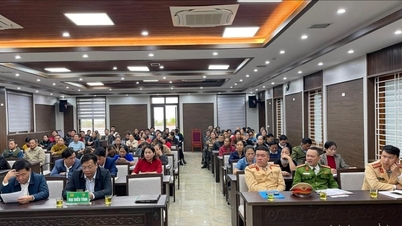

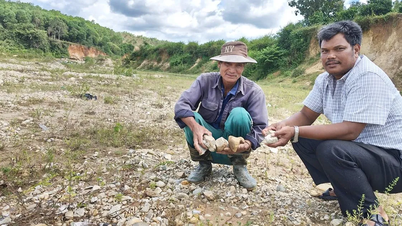

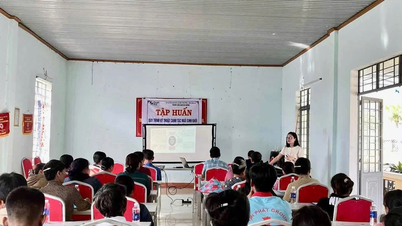

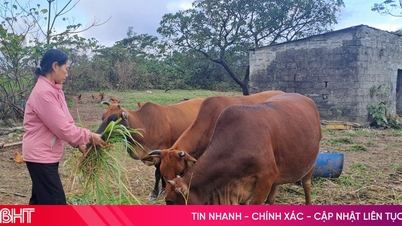

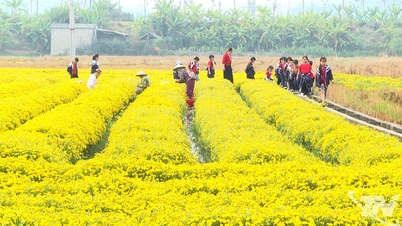



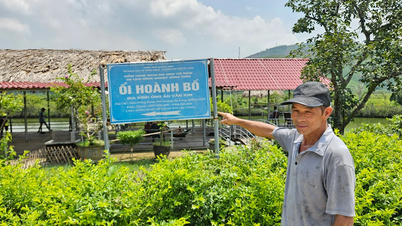



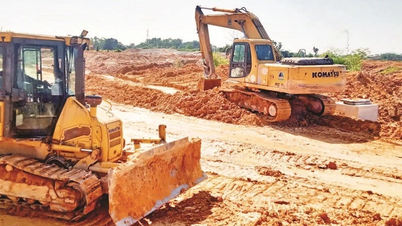
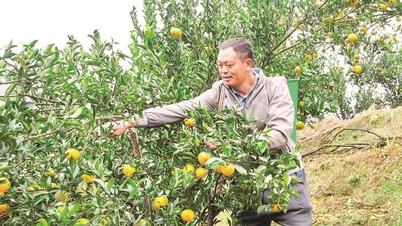

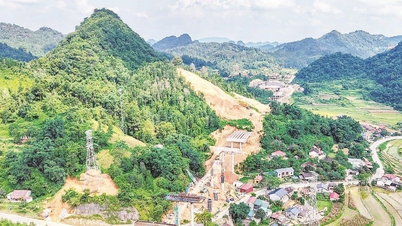




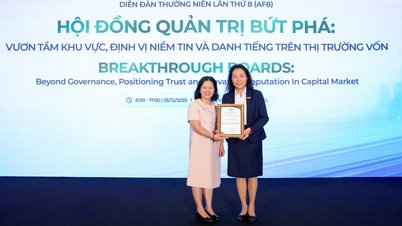

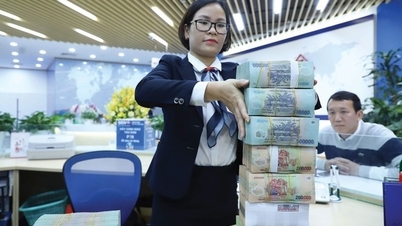
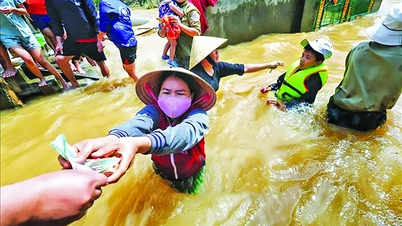




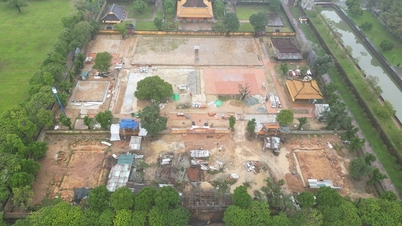




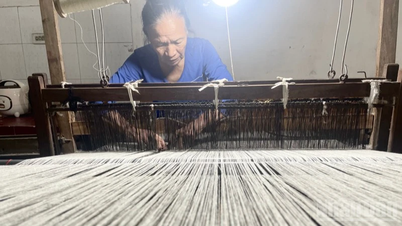












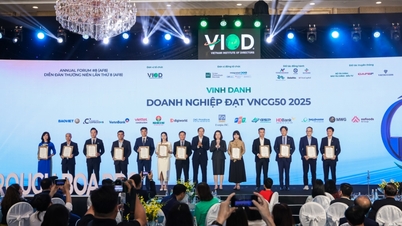
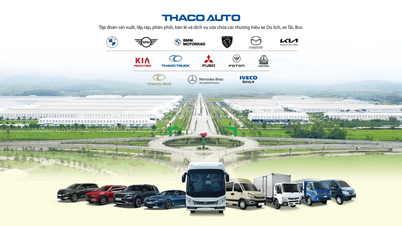
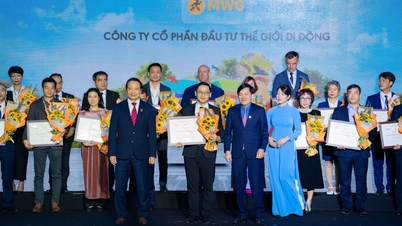
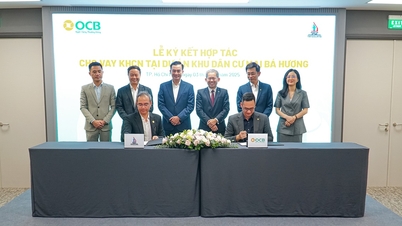










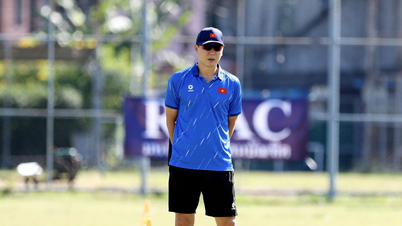

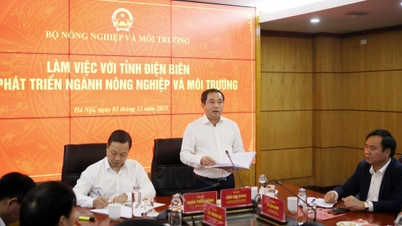

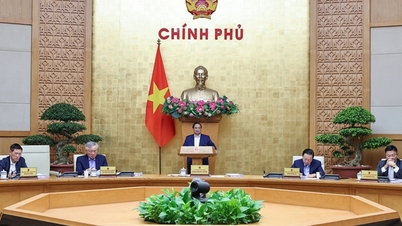


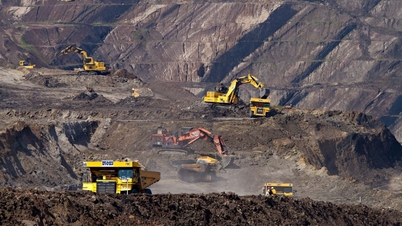

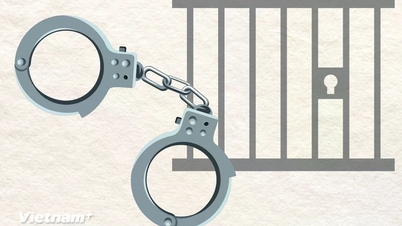

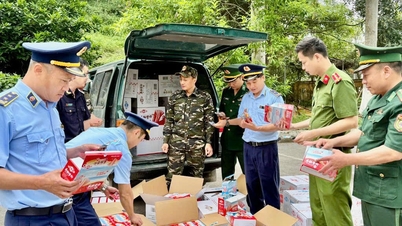
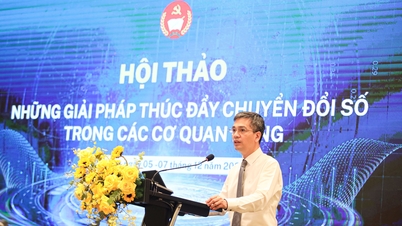
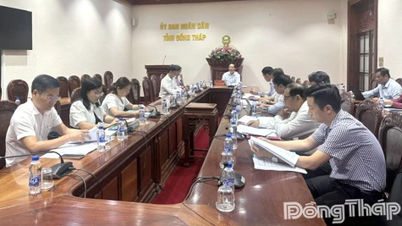


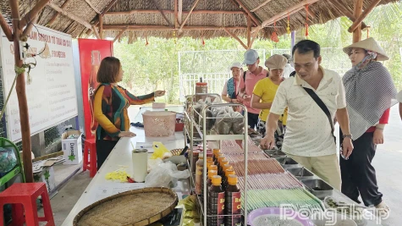
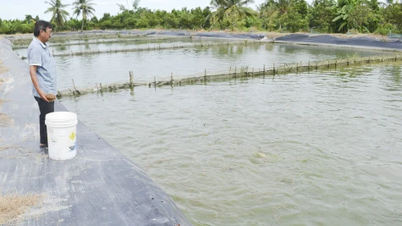
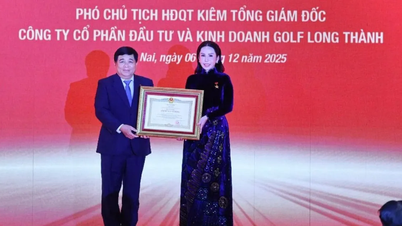
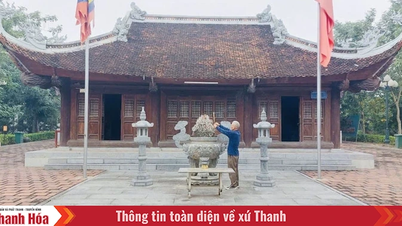













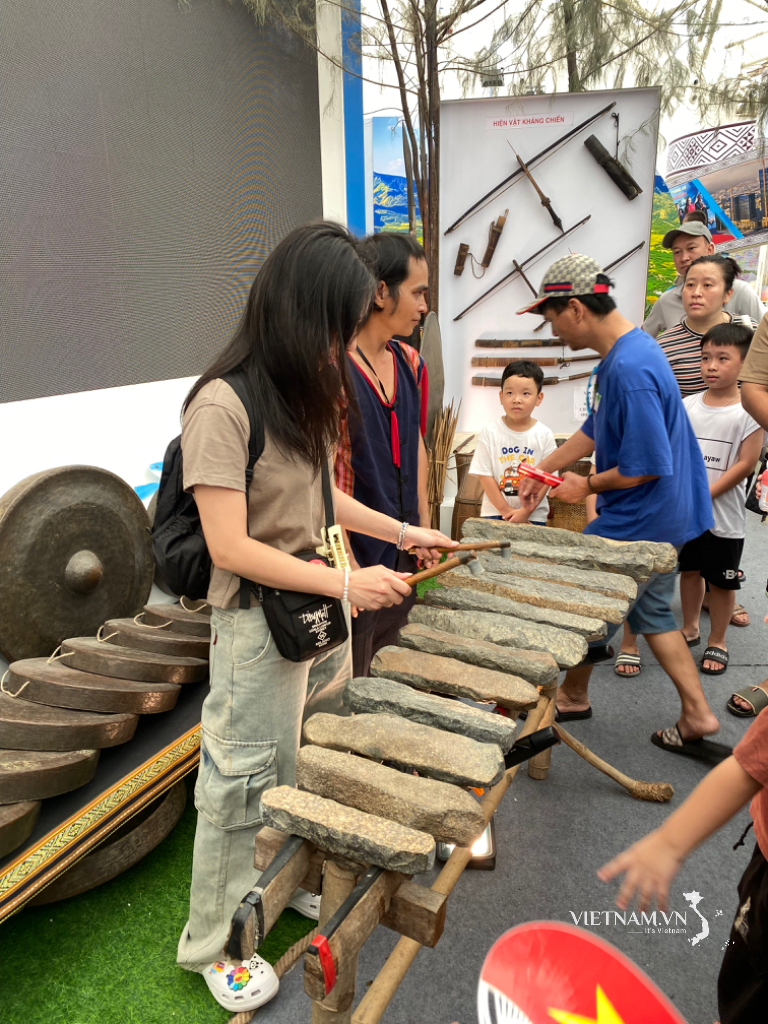




Comment (0)